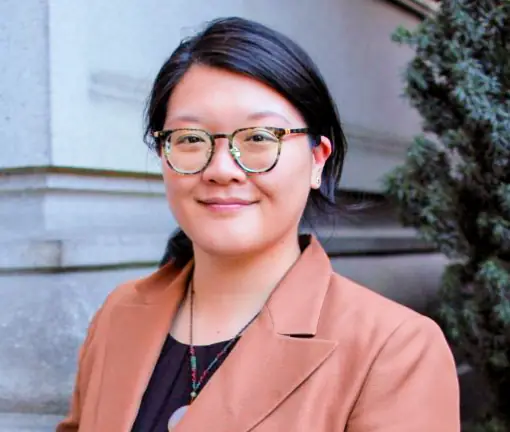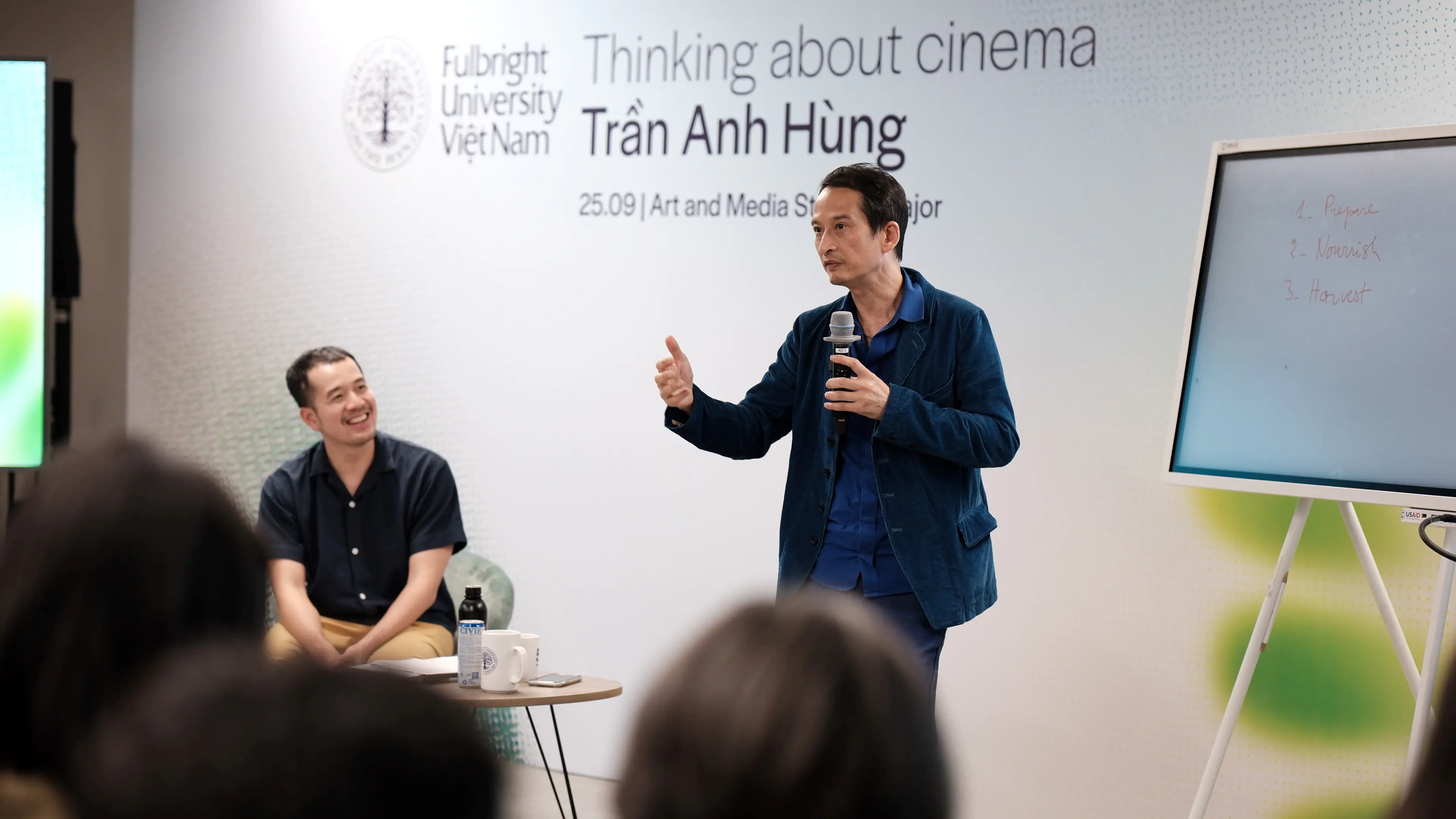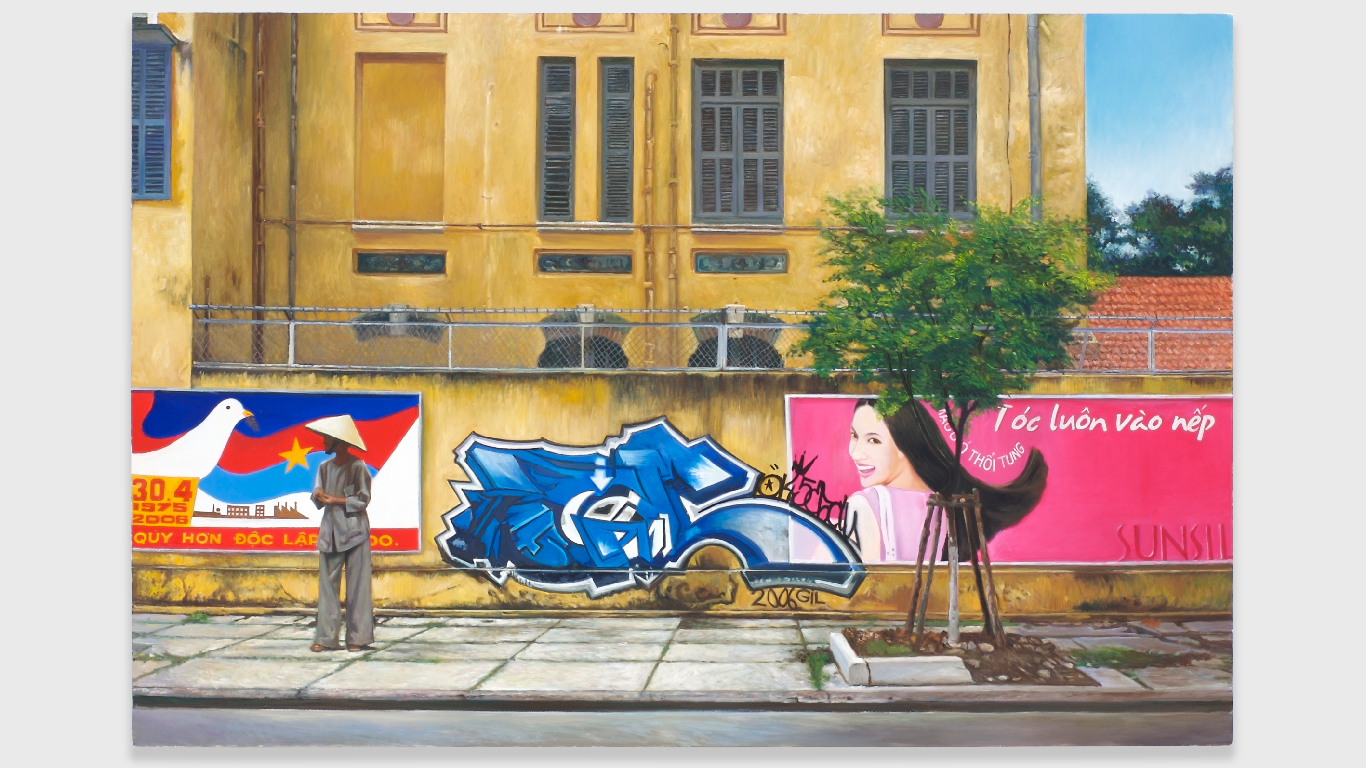The Art and Media Studies major is an interdisciplinary program that teaches students to combine theory and practice in their study and production of the arts. By emphasizing a theoretically rigorous and socially engaged approach to the examination of aesthetic expression, students learn how the arts serve as an important tool for inquiry into the human condition, and as a lever to transform the contemporary world. Students are also encouraged to integrate methods from a range of related disciplines (including computer sciences, economics, psychology, and anthropology) to historicize, analyze, and produce works of art in a variety of media. This approach equips future scholars and practitioners with the skills to critique and create works addressing social, cultural, and ethical issues on local and global levels. A common introductory course emphasizes the importance of studying visual culture as a key means of understanding the world in which we live. Other foundational, intermediate, and advanced courses lead, with increasingly specialized study, to deepening knowledge in one or more disciplinary or creative areas, such as art history and curating, film and media studies, and visual and performing arts. Course offerings draw widely from the creative energy of Vietnam, a growing cultural and artistic hub in Southeast Asia.
*Top photo by Richard Streitmatter-Tran


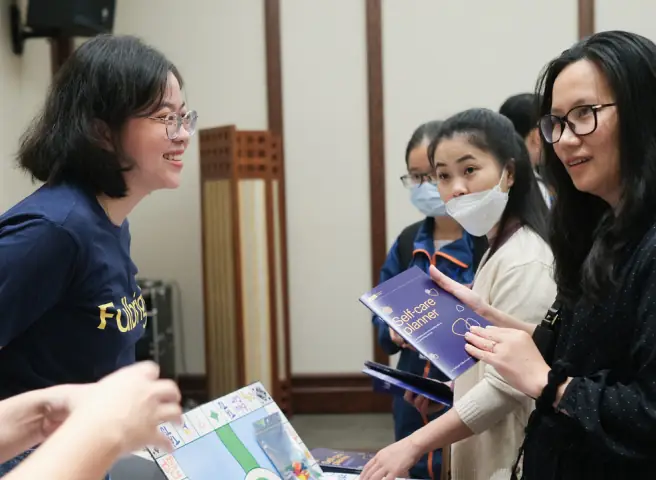



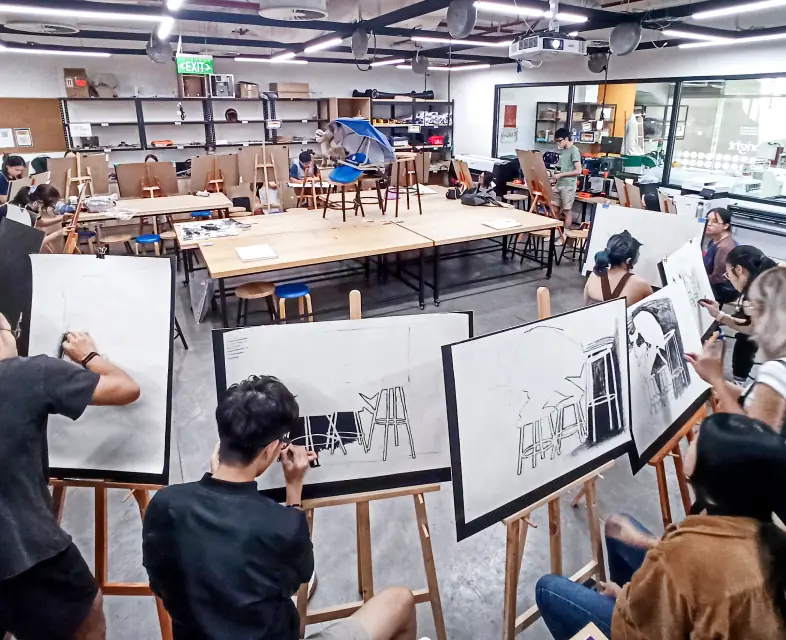




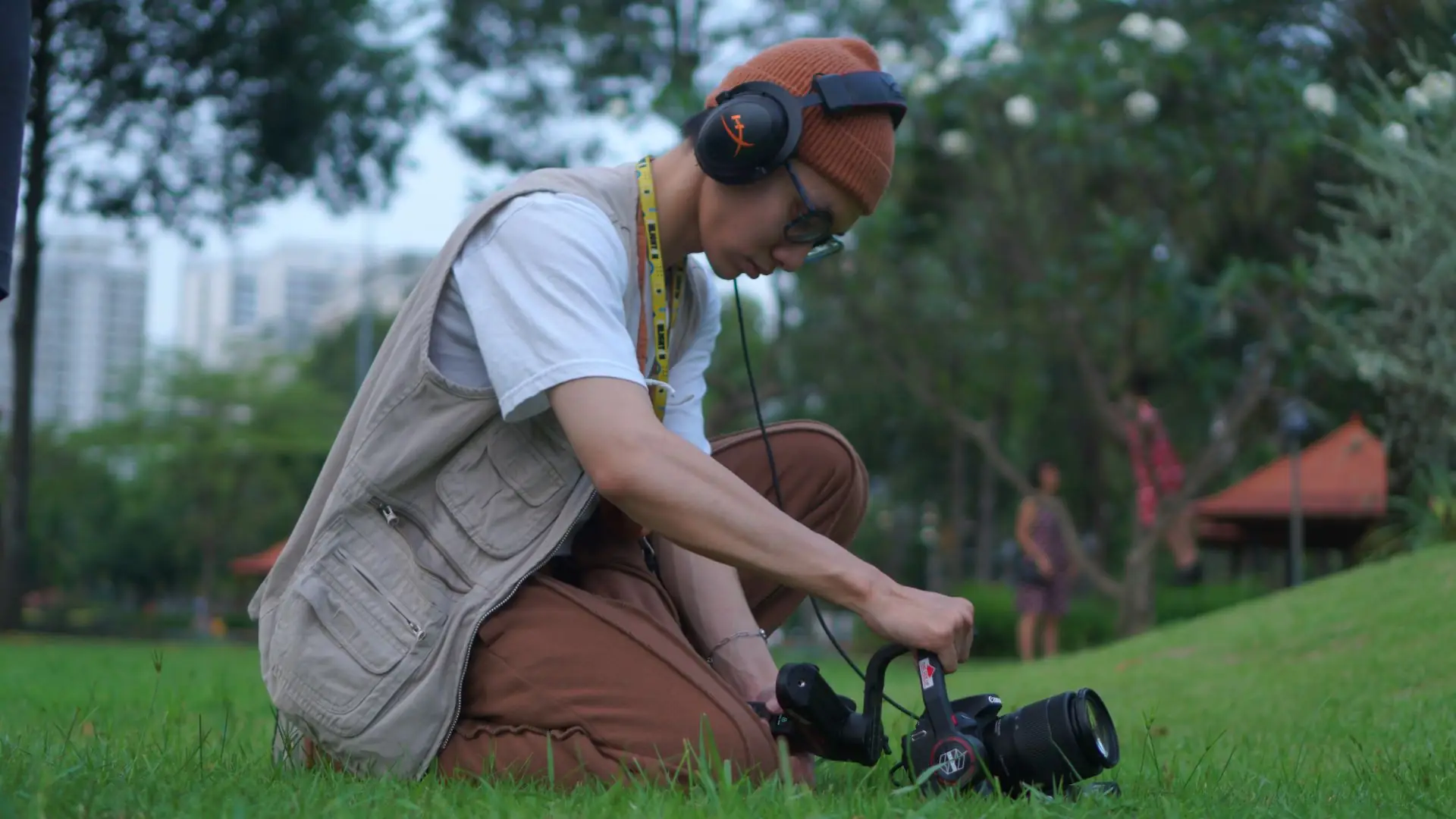

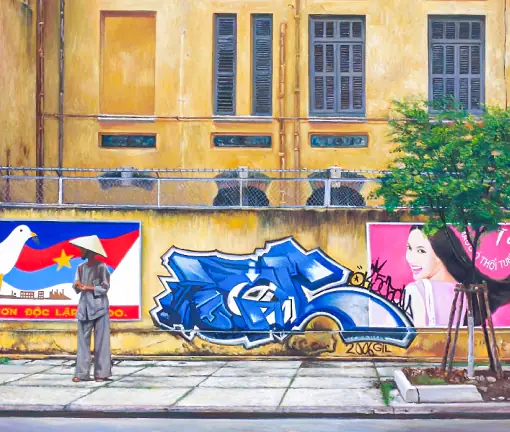
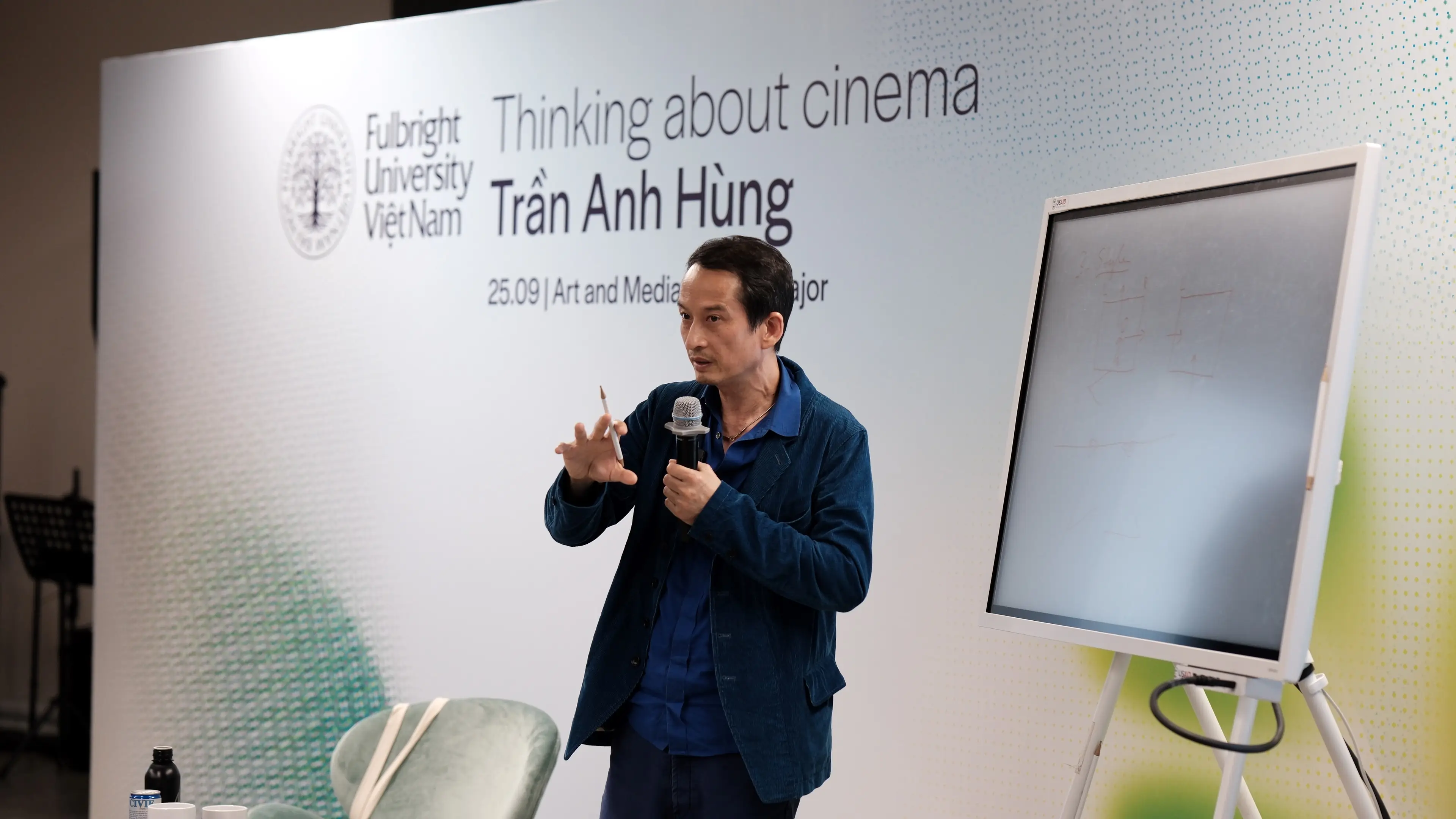

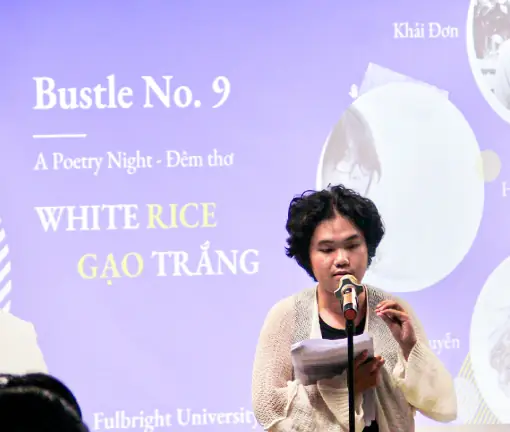

 Introduction to Visual Studies
Introduction to Visual Studies